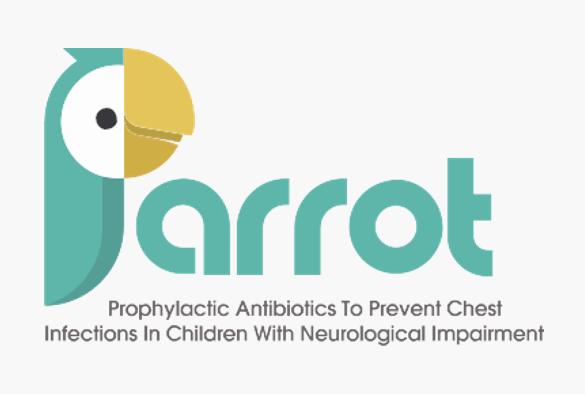
A new landmark £2.3m NIHR-funded clinical trial called PARROT has launched in the UK. It is a joint UK and Australia clinical trial, led in the UK by researchers from the University of Liverpool and Alder Hey Children's NHS Foundation Trust. PARROT aims to find out whether long-term antibiotic treatment can reduce the impact that chest infections have on children with neurological impairment.
Background
In the UK, there are large numbers of children with neurological impairments caused by conditions such as cerebral palsy and Down Syndrome. Many are prone to chest infections which can result in prolonged stays in hospital and even premature death.
Despite their impact on children, their families and health services, there is very little information on how best to prevent these repeated chest infections. Some doctors prescribe long-term antibiotics but we don't really know whether this treatment makes any difference or not.
About the trial
PARROT is the largest ever trial involving this group of children and aims to recruit 500 children and young people aged 3-17 years with neurological impairment who are at risk of repeated chest infections. Each participant will be involved for a maximum of 20 months. Participants will be split into two groups, one will receive an antibiotic called azithromycin and the other control group will receive a placebo.
PARROT aims to find out whether a 12-month treatment with azithromycin affects rates of hospital visits, infections, GP and A&E visits, prescriptions, the treatment of infections, and quality of life of both parent and child. To make it easier for families, follow-up assessments can be done remotely so families can complete study questionnaires at home and collect respiratory swabs themselves.






